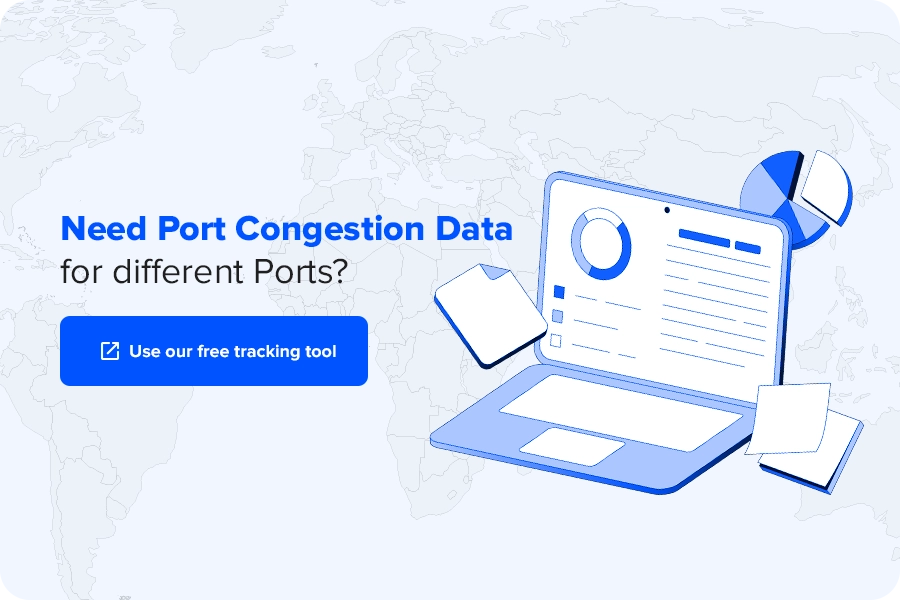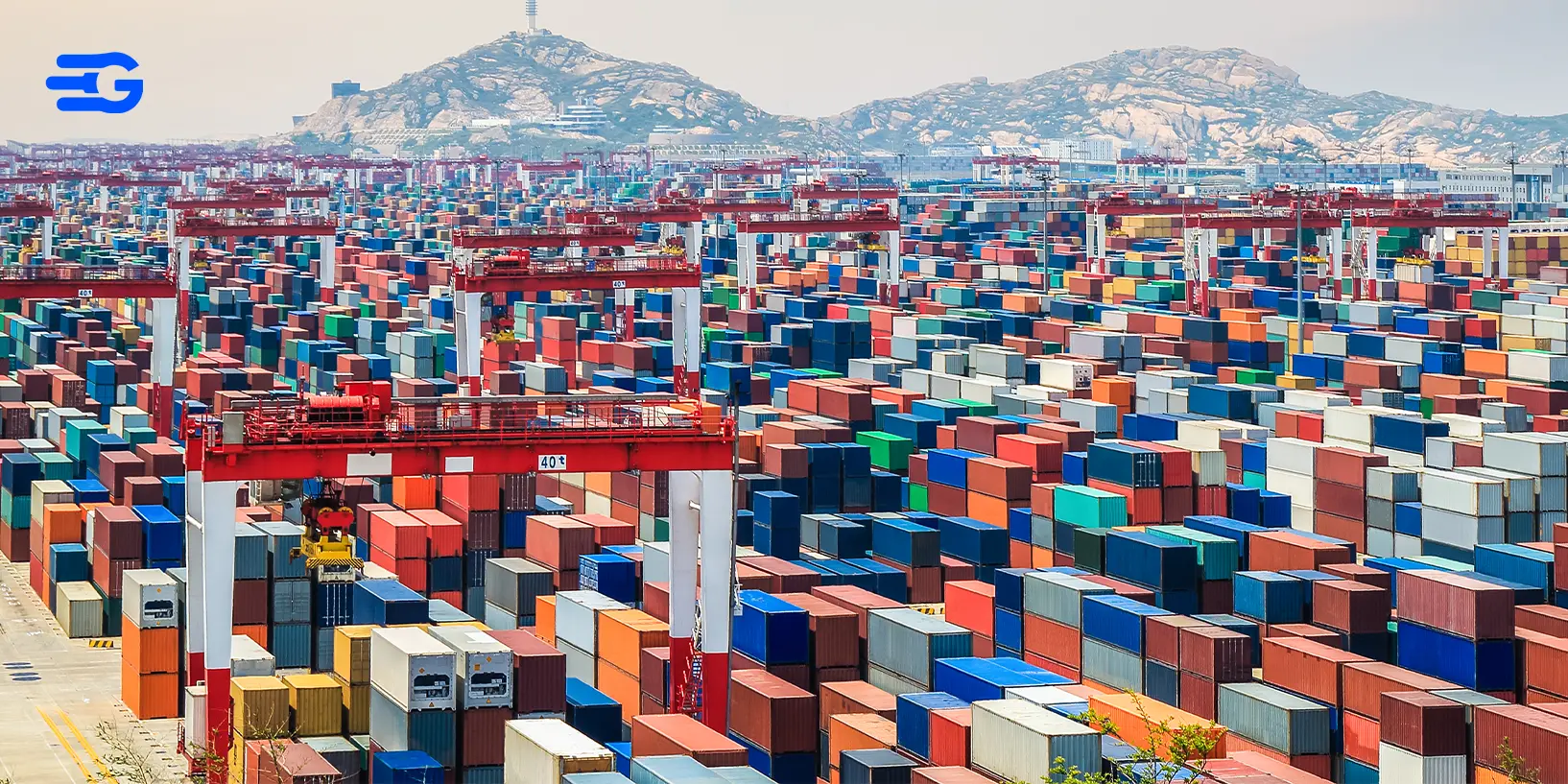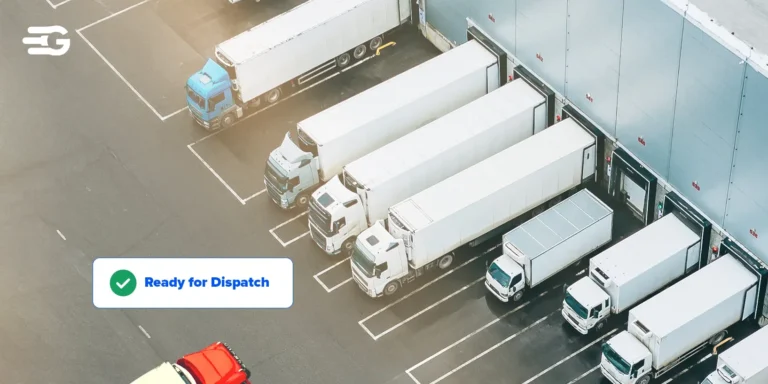Top 10 Most Congested Ports 2025 and How Businesses Can Navigate Them
Port congestion in 2025 continues to pose significant challenges for global supply chains. High cargo volumes, labor disruptions, and infrastructure bottlenecks dominate the logistical landscape. Ports worldwide are grappling with delays, especially those serving major trade routes, such as Asia to North America and Europe. Congestion has led to extended wait times, increased freight costs, and storage issues across key maritime hubs.
Current Global Landscape of Port Congestion
Geopolitical factors, including regional instabilities and changing trade policies, exacerbate the situation. Additionally, the global push towards sustainability is influencing operational practices, sometimes slowing port throughput due to stricter environmental compliance requirements.
For instance, the Lunar New Year upcoming in January 2025 and the possibility of a Port Strike at all the East Coast ports.
such disruptions require a business to plan ahead of time, download the report now.
Key Drivers and Trends in Port Congestion for 2025
Port congestion continues to challenge global trade in 2025, with delays driven by operational inefficiencies, increased demand, and external disruptions. Below are the most significant drivers and trends shaping this crisis:
Rising Average Wait Times
Major ports worldwide have reported substantial increases in wait times, with some hubs experiencing delays up to 300% higher than usual. This trend highlights inefficiencies and the inability of ports to handle surging trade volumes effectively.
Labor Disruptions
Strikes and workforce shortages are significantly impacting ports in North America and Europe. Industrial actions, particularly in major hubs, have halted operations, causing widespread delays and necessitating costly rerouting for shippers.
Infrastructure Challenges
Many ports are grappling with outdated infrastructure that cannot meet the demands of modern shipping. This is particularly problematic in regions like Africa and Southeast Asia, where limited expansion capacity exacerbates bottlenecks.
Increased Shipping Demand
The post-pandemic economic recovery and the rapid growth of e-commerce have led to record-breaking container volumes. Ports globally are struggling to manage this influx, with backlogs and delays becoming increasingly common.
Weather Disruptions
Extreme weather events, such as typhoons in Asia and hurricanes in the Americas, have caused significant operational interruptions. Flooding and high winds frequently disrupt cargo handling, leading to further congestion.
Regional Trade Surges
Ports in growing trade corridors, such as those in East Africa and Europe, have seen increased congestion due to higher transshipment volumes and regional trade activity. These surges have overwhelmed existing capacity, adding to delays.
Geopolitical Instabilities
Trade route realignments, regulatory shifts, and political tensions have added layers of complexity to global shipping operations. Ports serving politically sensitive regions are facing compounded challenges in maintaining efficient throughout.
However, during the year there are certain dates we know bring about delays for supply chains, for instance Christmas, due to a sudden soar in shipping, we see an impact on ports. Similarly, there are many other critical dates businesses should account for, hence download this calendar which lists all critical dates to help you plan ahead.
List of the 10 Most Congested Ports in 2025
1. Port of Los Angeles, USA
Reason for Congestion: High cargo volumes from ongoing trade growth and workforce limitations have created persistent bottlenecks.
Impact on Supply Chains: Delays in unloading and transit times, increased storage fees, and a need for rerouting shipments.
Current Average Wait Times: 2.5–3 days
2. Port of Long Beach, USA
Reason for Congestion: Linked to the adjacent Port of Los Angeles, facing similar issues with freight surges and labor constraints.
Impact on Supply Chains: Rising costs from demurrage and detention, leading to significant disruption for shippers.
Current Average Wait Times: Approximately 3 days
3. Port of Shanghai, China
Reason for Congestion: High demand for exports and operational delays caused by infrastructure challenges.
Impact on Supply Chains: Prolonged transit times for Asian and global shipments, driving up shipping costs.
Current Average Wait Times: 0.8 days, up by 77% from the previous month
4. Port of Ningbo-Zhoushan, China
Reason for Congestion: Increased freight volumes and systemic capacity constraints.
Impact on Supply Chains: Delays in shipments to Europe and the Americas, adding logistical complexities.
Current Average Wait Times: 0.4 days, showing a 70% increase
5. Port of Antwerp, Belgium
Reason for Congestion: Surge in container volumes and regional trade growth within Europe.
Impact on Supply Chains: Higher storage costs and extended lead times for European imports and exports.
Current Average Wait Times: 0.4 days, increased by 117%
6. Port of Vancouver, Canada
Reason for Congestion: Labor strikes and insufficient terminal capacity to handle cargo spikes.
Impact on Supply Chains: Severe delays, rerouting of cargo, and higher inland transportation costs.
Current Average Wait Times: 1.4 days, with a 306% increase year-on-year
7. Port of Savannah, USA
Reason for Congestion: Rising container traffic and operational inefficiencies.
Impact on Supply Chains: Delayed shipments to and from the U.S. East Coast, impacting retail and manufacturing.
Current Average Wait Times: 2.4 days, up by 16%
8. Port of Durban, South Africa
Reason for Congestion: Aging infrastructure and labor shortages hampering operations.
Impact on Supply Chains: Increased dwell times and added costs for African trade routes.
Current Average Wait Times: 2.3 days, down 11% from earlier highs
9. Port of Djibouti, East Africa
Reason for Congestion: Increased trade activity from its strategic position near the Suez Canal.
Impact on Supply Chains: Delays in regional cargo handling and transshipment activities.
Current Average Wait Times: 2.3 days, a 373% rise compared to prior months
10. Port of Manila, Philippines
Reason for Congestion: Limited infrastructure and operational inefficiencies.
Impact on Supply Chains: Delays in cargo handling, increased costs for rerouting to neighboring ports.
Current Average Wait Times: 2.0 days, up by 10%

Impact of Port Congestion on Businesses
Supply Chain Costs – Congestion leads to higher storage, detention, and demurrage fees as shipments are held at ports for longer durations.
Delivery Delays – Missed delivery deadlines affect end customers, eroding trust and potentially damaging brand reputation, for instance this global brand narrowly navigated its way through Port Congestion and mitigated 51% of delivery delays.
Inventory Management Issues – Disruptions challenge Just-In-Time (JIT) inventory models, forcing businesses to maintain higher stock levels, which increases warehousing costs.
Proactive Approach – Companies using predictive tools like GoComet’s analytics avoid these pitfalls by anticipating delays and adjusting strategies in advance.
How Businesses Can Navigate Port Congestion
Port congestion impacts businesses globally, but proactive strategies can help mitigate these challenges and streamline supply chain operations.
Diversify Port Options
Businesses can reduce delays by rerouting shipments to alternative, less congested ports. For instance, companies that shifted operations from major ports like Los Angeles to smaller regional hubs experienced reduced transit times during high-traffic periods.
Leverage Real-Time Visibility Tools
Tools like GoComet’s Port Congestion Dashboard provide real-time updates on delays, enabling businesses to reroute shipments or adjust timelines proactively, having such real-time-visibility tools definitely helps ensure a stronger supply chain for a business
Benefit: Companies using these tools can make quick decisions based on live data, saving costs and avoiding bottlenecks.
Optimize Shipment Schedules
By analyzing peak congestion periods, businesses can plan shipments during off-peak hours or days, reducing waiting times. For example, scheduling cargo movements away from weekends or holidays in high-volume ports minimizes downtime.
Strengthen Relationships with Logistics Partners
Collaborating closely with freight forwarders allows for flexible contracts and emergency rerouting during disruptions. Strong partnerships can also provide insights into better shipping lanes and alternative routes.
Leverage Data-Driven Decisions
Using predictive analytics, businesses can forecast congestion trends and plan shipments accordingly. Avoiding known bottlenecks based on historical and real-time data can save time and costs.
Free Report: How To Navigate disruptions caused by ILA Strike and Lunar New Year?
GoComet’s Role in Mitigating Port Congestion
GoComet provides businesses with innovative tools to address congestion challenges:
Market Intelligence Reports: Regular updates on global congestion trends help businesses make informed decisions.
Port Congestion Reports: Detailed insights into port performance enable companies to select optimal routes.
Predictive Analytics: AI-driven forecasts empower businesses to avoid high-risk ports and plan effective shipping strategies.
Port congestion is a major hurdle for supply chains, but with the right tools, businesses can stay ahead. By using GoComet’s Port Congestion Dashboard, companies can track real-time delays and make proactive decisions to avoid costly disruptions. This advanced technology helps reduce wait times, lower costs, and keep operations running smoothly. Don’t let congestion slow you down—GoComet empowers you to take control of your supply chain.




